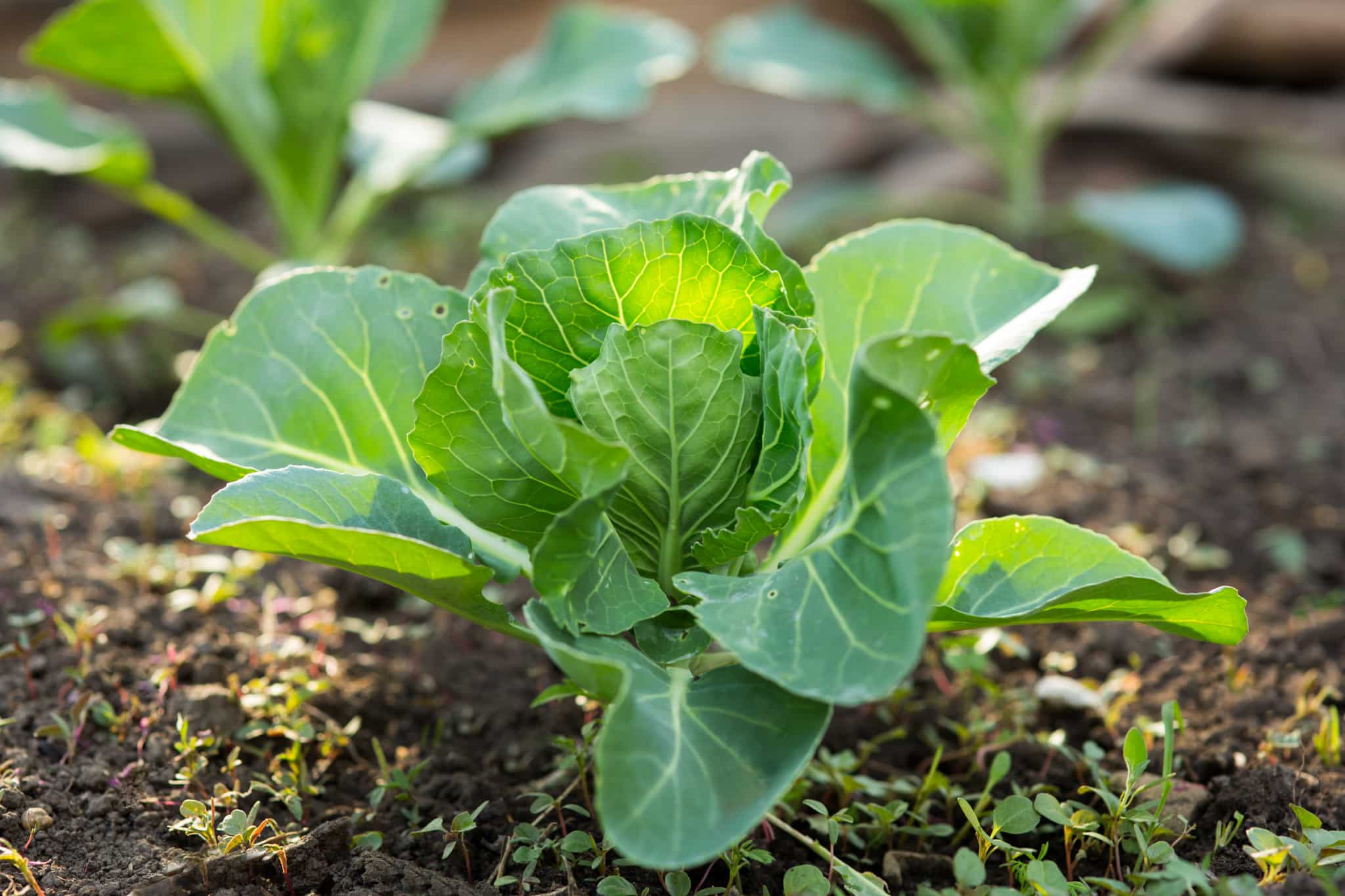Using crop rotation in your vegetable garden is vital to grow the best crops by reducing the risk of disease as well as supplying your vegetables with nutrients that they need. So, find out how to use crop rotation in your own garden.
How it works

Firstly, the legumes absorb nitrogen from the air, fixing the nitrogen in the soil and storing it in their roots. This then makes it ready for the brassicas in the following year as they use the nitrogen to grow leafy growth, e.g. cabbage.
The brassicas are big root plants so they break up the soil perfectly for the potatoes the following year. Potatoes have a big foliage canopy, which helps to suppress weeds.
Next, legumes are planted where the root veg was previously, because the legumes prefer a loose soil, and the root crops will have helped you get that.
What are the benefits?
Pest & disease control – reduce the build-up of damaging populations by rotating crops which will decrease the population levels. This happens by interrupting the life cycle of pests and their habitats. You can find out more about the diseases avoided by crop rotation below.
Weed control – crop rotation can reduce the need for maintenance to rid weeds, especially in the long term because certain crops like potatoes have large foliage that can suppress weeds.

Soil fertility – by changing where each crop grows every year, it reduces the change of soil deficiencies developing. This is because, over time the balance of the nutrients evens out, rather than having one spot that is grown solely for one crop that is drained of particular nutrients.
Rotation requirements
To put it into practice you need to divide your plot into 4 sections, with a different crop group in each space. For a 4-year crop rotation, follow this structure:
Pests & disease
Club root – this disease infects brassicas. The disease causes the leaves to wilt, whilst older leaves turn yellow and drop.
However, by rotating crops each year, the number of infectious cysts in the soil will be decreased, which slows the development of the disease.
Another thing to bear in mind is that club root thrives in acidic, wet soils, so ensure grit or sand is added to heavy clay soils to reduce the likelihood of it.
Blight – is much talked about in relation to potatoes and tomatoes. It is a fungal disease which is spread by the wind and can contaminate potato tubers in soil. To reduce the risk, plant potatoes in a space with plenty of room between plants in a breezy location.
When harvesting, ensure every single potato is dug up so that the disease has nowhere to hide over winter. Rotating the crops each year will therefore stop the disease from building up in the soil.
You can also buy blight resistant potatoes.

Bacterial leaf spot – can be spotted if the leaves have dark water-soaked spots on them.
Plants that are affected include tomatoes, peppers, and cabbage. But crop rotation can help to control this because the pathogens can’t survive in the soil once the diseased plant debris has decomposed.
Downy mildew – many types of vegetables can be impacted by this disease which can be spotted by purple growth that grows on the stems and underside of leaves.
Reduce the risk of this by ensuring there is ample circulation, and by watering the plants in the morning it gives time to dry out and drain throughout the day. Crop rotation will help to avoid the infection form soil-borne resting spores.

Leave A Comment